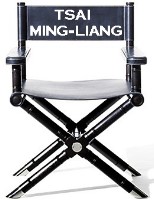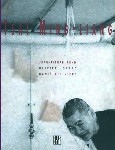 |
 |
Tsai Ming-Liang rose to international fame in the early 1990s, winning critical acclaim for portrayals of aesthetically cacophonous urban landscapes and their psychosomatic influence on their inhabitants (Vive L'Amour, The River, The Hole). While maintaining an emotional distance, Tsai's films use narrative obliquely to emphasize individual thematic elements. Trapped in the banality of their existence, his characters desperately try to overcome their loneliness and their inability to connect with others, a process captured with the film-maker's motionless camera, long silences, expressionist absurdity and deadpan humor. The slow pace, the empty frames and his formalist explorations of the ontology of cinematic spaces and personae, imbue the films with melancholy and nostalgia, while establishing spatial and emotional autonomy, to support an essentially existential core. |
|
|
||
|
Suggested Reading (click cover or title for more info)
Tsai Ming-Liang |
Interview with Ming-Liang Tsai Director - Selected filmography and DVDBeaver links:
Days (2020),
Stray Dogs (2013),
I Don't Want To Sleep Alone (2006),
The Wayward Cloud (2005), Bem-Vindo a São
Paulo (segment "Aquarium") (2004),
Good Bye, Dragon Inn (2003),
The Skywalk Is Gone (2002),
What Time Is It There? (2001), A
Conversation with God (2001),
The Hole (1998),
The River (1997),
Vive L'Amour (1994) |
|
